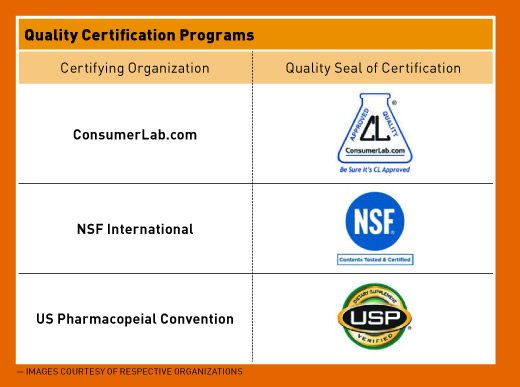Creatine
What is it?
Creatine, an amino acid-derived compound produced naturally in the body, is one of the most widely used supplements in sports nutrition. Its thoroughly-researched effects on athletic performance include: increasing power output, strength, and rate of muscle growth - all while resulting in minimal side effects (water retention, or cramping and diarrhea if creatine is consumed without sufficient water intake).
Wait, did you say it’s produced “naturally”?
Yep! Your body synthesizes creatine primarily in the kidneys and liver (but also pancreas, brain and testes among other places) from three amino acids: glycine, arginine and methionine. 90+% of creatine is stored in muscle cells, where it is used to rapidly create ATP (by donating a phosphate to ADP) when energy demands are limited to no more than ten seconds of high intensity work. The more creatine available in muscle cells, the more force we can exert in exercises requiring our highest possible power output. Think: clean, jerk, snatch, deadlift, squat, sprint, jump.
Due to creatine’s role in the phosphagen system, benefits are limited to anaerobic sports. It has little use for endurance athletes, which rely on the aerobic energy system for fueling sustained movement at a slower pace. Research on creatine’s ability to improve cognition, fight depression and mitigate sarcopenia (age-related muscle loss) have shown limited or insignificant results. As a side note, creatine uptake into skeletal muscle may also increase protein synthesis and glycogen storage in the long term by means of drawing water into cells (source).
Okay, I get the appeal! Stronger, faster, more muscles... Where can I get some?
We get creatine from eating animal foods (red meat, poultry, fish), and/or via supplementation with creatine monohydrate. Most people who eat omnivorously will take in 1-2g of creatine per day, which allows for 60-80% saturation of creatine muscle stores. The ISSN position on safety and efficacy of creatine supplementation suggests that the most effective way to increase muscle creatine stores is by ingesting 5g of creatine monohydrate (or 0.3 g/kg bodyweight) four times daily for 5-7 days. Once muscle levels are saturated, they can be maintained by continuing to supplement at lower levels of 3-5 g/ day. The initial high-dose loading strategy may temporarily lead to a few extra pounds of body weight - but this is mostly due to water retention, and less likely to happen when supplementing with lower doses without the initial loading phase. Read more about supplementation protocols, here.
The degree to which athletes show muscle growth and higher power outputs as a result of supplementation do vary by individual - those who consume plant-based diets may notice stronger effects as a result of lower circulating creatine levels prior to beginning supplementation.
All in all, creatine has been shown as a safe and often effective method of improving anaerobic performance and muscle growth, leading to its popularity as an ergogenic aid. Hopefully now you feel a little bit more familiar as to why it has earned its reputation in the world of sports performance - and why you'll rarely see a marathoner with a tub of creatine at home. :)
Before I let you go, check out this table for a reminder on identifying quality supplements (image source):
Until next week!
Laura





